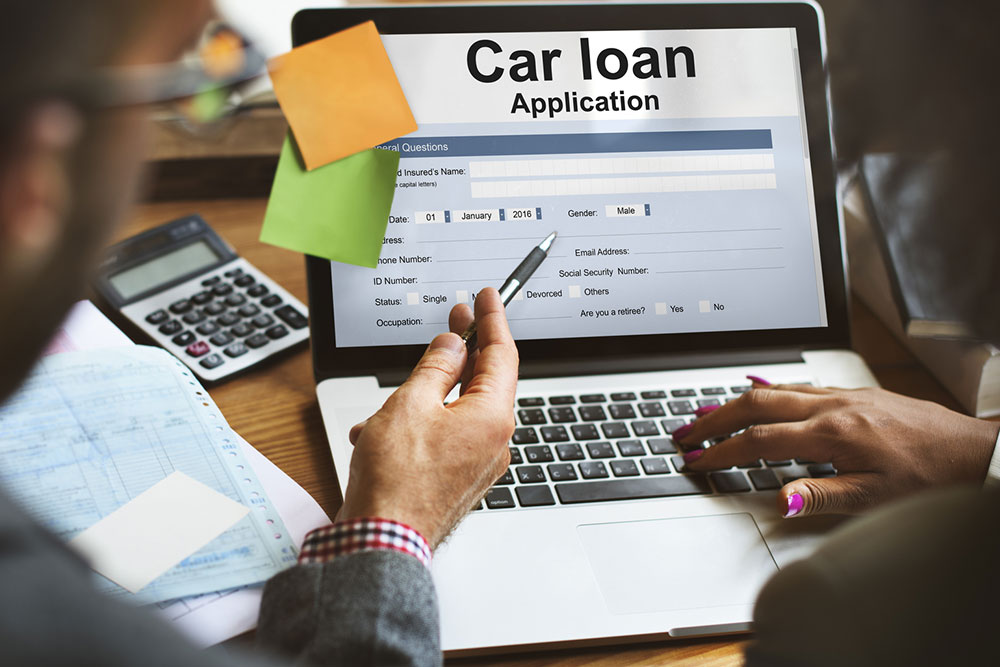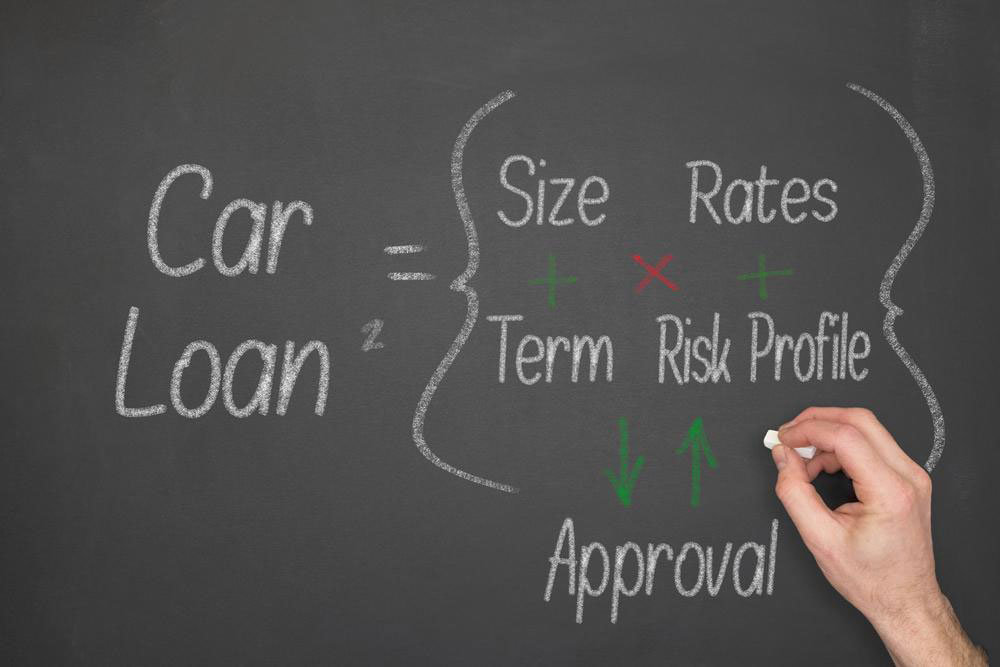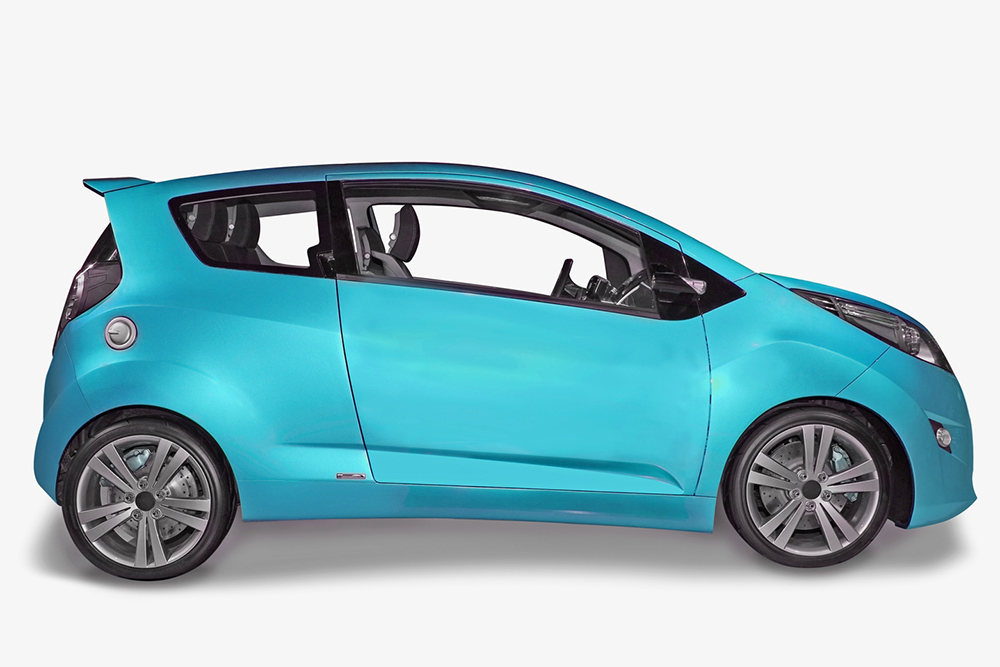Top Strategies to Purchase a Car Without an Initial Down Payment
Discover seven practical methods to purchase a car without an initial down payment. From lease agreements to improving credit scores and finding the right co-signer, this guide helps you explore affordable financing options. Learn tips for eligibility, document preparation, and choosing used vehicles, ensuring you can own your desired car with minimal upfront costs. Perfect for budget-conscious buyers, this article emphasizes careful research and understanding of loan terms to make informed decisions and secure favorable deals.

7 Effective Methods to Acquire a Vehicle Without Upfront Payment
A car loan involves borrowing funds from a financial institution to buy a vehicle. Typically, buyers put down 10% to 20% of the vehicle’s price as an initial payment. However, many lenders now provide options to finance the full cost of the car without a down payment. While this may come with some limitations, it allows individuals to own a vehicle with minimal upfront cash.
1. Lease-to-Own Agreement
This method enables you to use a vehicle from day one without an initial payment. You agree to pay fixed monthly installments, and the car remains the property of the dealer until all payments are completed. Lease agreements often include mileage limits but are ideal for predictable daily commuting. Keep in mind, responsibilities like maintenance and insurance fall on you, similar to car ownership.
2. Verify Eligibility
Before seeking no-down-payment financing, ensure you meet the lender’s criteria. Residency status, a valid BSN or Citizen Service Number, and being at least 21 years old are often required. Additionally, steady income is essential, as lenders assess your repayment ability. Some may set minimum income thresholds, so check eligibility thoroughly.
3. Improve Your Credit Score
Lower interest rates are accessible to borrowers with stable employment, a consistent address for over a year, and good credit history. Scores above 680 increase chances of qualifying for favorable terms without a down payment. To boost your score, verify your credit report’s accuracy, pay bills on time, reduce debts, and keep credit utilization between 25-30%. High scores make loan approval easier and more affordable.
4. Secure a Co-Signer
If your credit isn't strong enough, enlisting a trusted co-signer with a solid credit profile can help. The co-signer agrees to be responsible if you default, improving loan approval prospects and possibly reducing interest rates. This strategy enhances your chances of obtaining a no-down-payment loan for your vehicle.
5. Explore Multiple Financing Options
Consider loans from car dealerships, credit unions, or banks. Comparing loan terms, repayment flexibility, and response times can help you find the best deal. Researching online auto finance platforms also reveals dealerships offering special no-down-payment deals. Being well-informed boosts your negotiating power and guards against unfavorable terms.
6. Prepare Necessary Documents
Gather essential paperwork such as proof of identity, residence, income, and employment. Many lenders accept online applications, but providing accurate and complete documents improves your chances of approval. Clear proof of your financial status helps lenders assess your reliability effectively.
7. Consider Used Vehicles
Purchasing a second-hand car can significantly reduce costs while providing you with your preferred model. Many dealers offer financing options for used cars without requiring a down payment. This strategy allows owning a reliable vehicle with minimal upfront cash, making it a smart choice for budget-conscious buyers.
Opting for no-down-payment car finance is ideal for those needing a vehicle immediately but lacking savings. Buyers should carefully understand loan terms, early repayment conditions, and penalties to avoid unexpected costs. Reading all loan restrictions, especially concerning mileage and vehicle age, ensures the arrangement fits your financial situation before signing any agreement.
Disclaimer:
The information shared on our platform spans various categories to provide actionable insights. While thoroughly researched, these articles should not be considered as absolute advice. We are not responsible for inaccuracies or variations across different sources. Readers are encouraged to review specific schemes and offers independently to find the best options suited to their needs.










